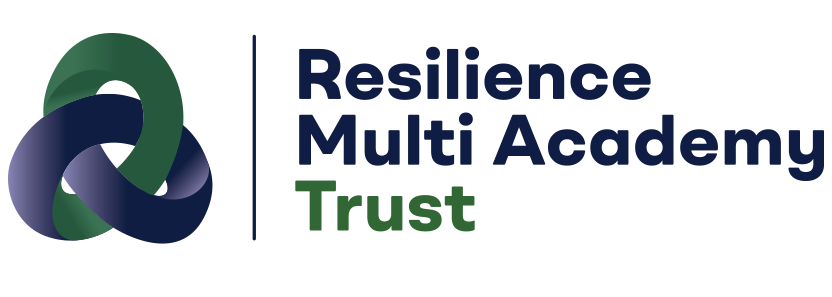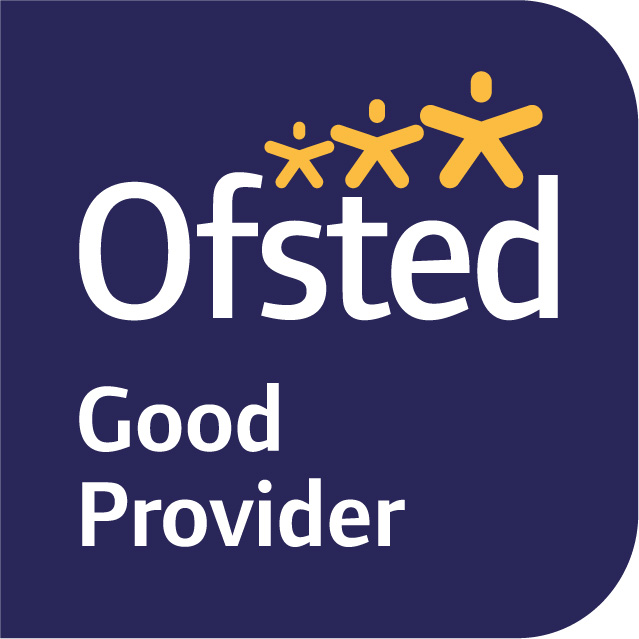Mathematics
Vision:
‘Nec Sperno, Nec Timeo’
‘Neither do I spurn, nor do I fear’
Mathematics is a universal language that enables understanding of the world. It is an integral part of the curriculum. Beyond the study of numbers, shapes and patterns, it also provides important tools for work in fields such as engineering, physics, architecture, medicine, and business. It nurtures the development of a logical and methodical mindset, as well helping to inculcate focus and the ability to solve all manner of problems.
At the heart of the curriculum is the aim of supporting students' social mobility. The curriculum ensures that students leave the Academy with knowledge and skills that will support their future ambitions. We communicate to students that attainment in mathematics is key to opening new doors to further study, employment, careers and beyond.
The whole-school curriculum operates at three levels and addresses students' academic, personal and social development. The three individual elements of learning provide a different component to the education of every student. Intellectual, personal and social maturity will be the goal of these structured layers of learning at Rodillian Academy.
There are three guiding elements which are brought to life in the mathematics curriculum:
- Aspiration to educational excellence: Mathematics’ teachers engender an appreciation of the beauty and power of mathematics and a sense of enjoyment and curiosity about the subject.
- Self-confidence: Mathematics’ teachers nurture a logical growth mindset. This helps students to reason and solve problems. It enables them to reflect on their efforts, be bold in attempting demanding questions, and overcome challenging problems.
- Collaboration: Mathematics’ teachers promote teamwork in the classroom when solving problems. Students are encouraged to use their mathematical skills in everyday life and recognise how they underpin advances in science and technology.
Intent:
Students learn to:
- Become fluent in the fundamentals of mathematics, including through varied and frequent practice with increasingly complex problems over time, so that students develop conceptual understanding and the ability to recall and apply knowledge rapidly and accurately.
- Reason mathematically by following a line of enquiry, conjecturing relationships and generalisations, and developing an argument, justification or proof using mathematical language.
- Solve problems by applying their mathematics to a variety of routine and non-routine problems with increasing sophistication, including breaking down problems into a series of simpler steps and persevering in seeking solutions.
Implementation:
The following principles underpin the mathematics curriculum:
- Essential declarative knowledge that outlines the key facts, formulae, conventions, and symbols to be learnt to secure automaticity.
- Procedural knowledge that outlines the most efficient and accurate methods. There is an appropriate balance between procedures that rely on derivation and those that train recall. It helps students to layout calculations and algebraic notation systematically and legibly. It enables them to work in the abstract and to work with accuracy and speed.
- Conditional knowledge that supports automaticity. It links facts and methods before deploying them to problem-solving. Students are taught to recognise the deep structure of problem-solving.
There are four key elements to the implementation of the mathematics curriculum:
- Plan: Each lesson is planned around learning outcomes linked to declarative, procedural, and conditional knowledge components to support automaticity.
- Teach: The ‘Rodillian Maths Way’ is used when implementing the mathematics curriculum.
- Assess: students are tested on their recall of key facts and methods. Students are assessed on composite skills. Assessment is interleaved and assess only up to the point of learning in the curriculum journey.
- Intervene and re-teach: Instructional and systematic approaches are used to consolidate knowledge components. Re-rehearsals support consolidation and help avoid gaps in future learning.
Adapting the mathematics curriculum for students with SEND:
We are aspirational in our approach to SEND students and offer an inclusive curriculum aimed at raising attainment.
Students with SEND receive explicit, systematic instruction and systematic rehearsal of declarative and procedural knowledge.
Systematic approaches are used to increase the amount of content considered per unit of time.
Teachers teach efficient algorithms to students to speed up their calculations. This gives them more time to learn strategies for solving classes of problem, which they can often find more challenging.
To support students with SEND, student profiles plans are available to teachers. Plans include key information to support SEND students.
The Rodillian Maths Way
Teachers are given freedom in their classroom to deliver the content in a way which is engaging for their students. However, to ensure a consistent approach to pedagogy, department time is allocated to review methodology used when teaching concepts and knowledge. We have a department policy on teaching methods, and we are continually looking to develop our teaching through research led methods.
All staff follow the Rodillian Maths Way to:
- Use mathematical target language to enable students to articulate mathematics concepts with accuracy in both the spoken and written word.
- Promote a love of mathematics and show how the subject applies to the modern world. Create opportunities to evaluate, analyse and interpret mathematical concepts in context.
- Encouraged to use instructional approaches that are systematic.
- Introduce new content in a logical order building on what students know.
- Rehearse and consolidate rather than ask students to ‘find out’. Use I do, we do, you do.
- Minimise the need for equipment choices and the expectations that students must work out what to do.
- Give time to rehearse core content such as efficient methods and using key formulae.
- Provide students with successful experiences when using core facts and methods to solve problems and demonstrate understanding.
- Use the Do Now Activity (DNA) to check learning from recent lessons has been retained in the long-term memory.
- Ensure students to take pride in their work and provide clear evidence in their books of mathematical fluency. Ensure the best mathematical methods are highlighted and used as an aide-memoire for recall and revision.
- Link each lesson their Curriculum SPARX homework, so that students can consolidate their learning from lessons in a sequenced way which includes spaced repetition, recall, and builds on prior knowledge.
Curriculum Overview:
Key Stage 3 and 4
Key Stage 3 (KS3) includes Years 7, 8 and 9. This ensures students have access to a broad and knowledge-rich curriculum. It also provides a solid substructure of knowledge for the Key Stage 4 (KS4) curriculum in Years 10 and 11. Students are not tiered in Higher and Foundation until the end of Year 10. After this, students are regularly checked using assessment and teacher knowledge to ensure that they are provided every opportunity to access the full curriculum prior to final GCSE assessments at the end of Year 11.
The aspirational offer at KS4 feeds directly into our Key Stage 5 (KS5) curriculum. Students will at the end of the higher course have a rich knowledge base designed to prepare them for A-Level.
Both KS3 and KS4 cover the full knowledge of the National Curriculum and their curriculum journeys have been audited against the National Curriculum.
Key Stage 5
Our KS5 curriculum is based on the Edexcel two-year course of learning. The intent is to prepare our students for success in their GCE examinations at the end of Year 13. The curriculum is designed to give students all the required knowledge to cover all topics tested on their examinations.



